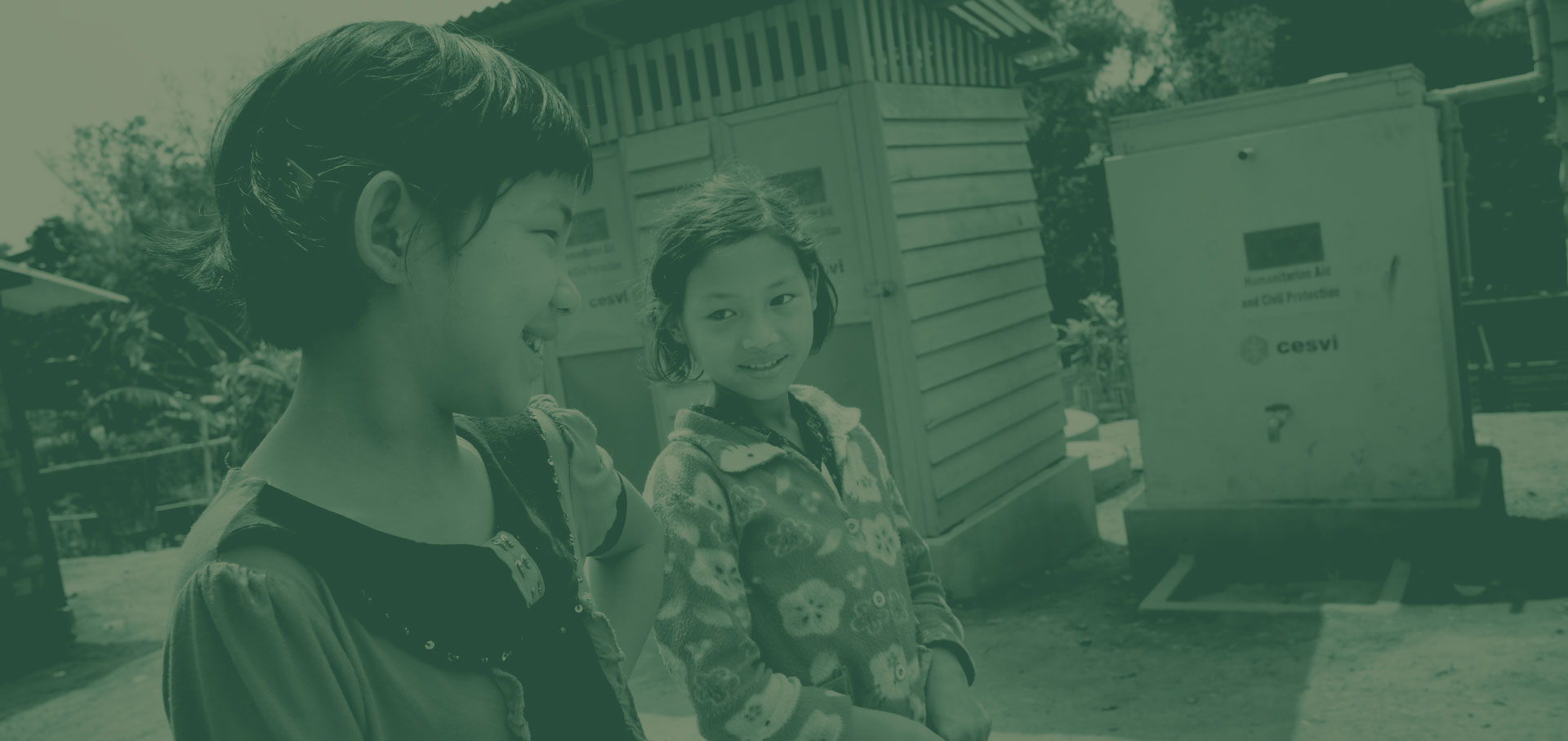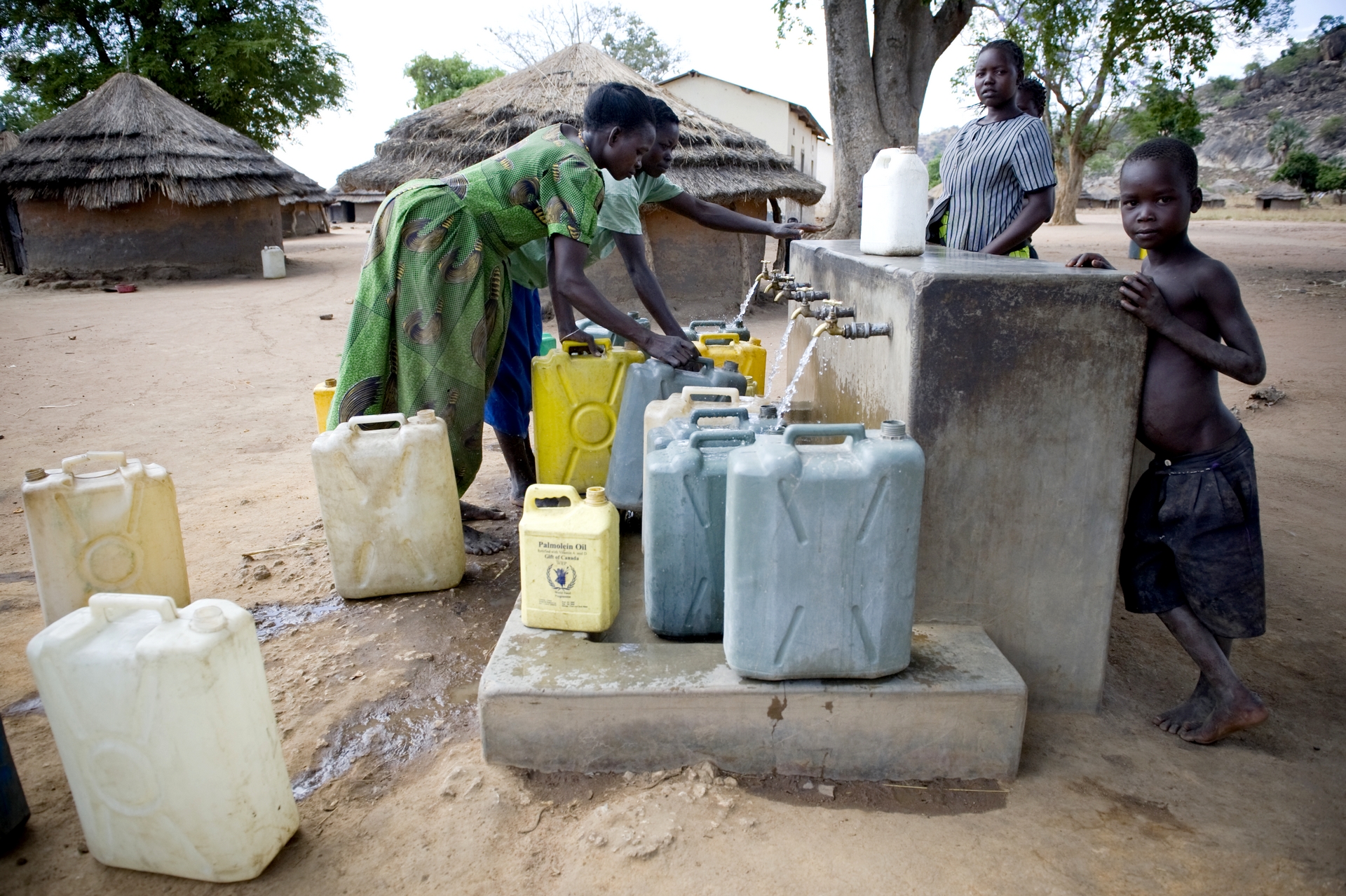In the world 844 million people live without access to clean water.
Every day 800 children die from diseases such as diarrhoea, linked to the use of unsafe water, and to the lack of adequate hygienic and sanitary services.
Of the Sustainable Development Objectives, the sixth, which refers to water and hygienic-sanitary services, calls for a fair and universal access to clean water by 2030.
Since 1990 great steps forward have been made, so much so that the previous Millennium Development Objective — “halve the percentage of people on a global level who don’t have access to water” — was met in 2010, with 2.3 billion people who have obtained access to sources of water so called “improved”.
But the road is still long, especially in sub-Saharan Africa, in China and in India, where millions of people even today do not have access to sources of drinkable water.
According to Unicef, 90% of people without access to water lives in rural areas. Women and girls spend hours to get to the nearest sources of water, using time that could have been spent at school or doing a job, running the risk of violence on the way.
Cesvi has always, in several areas of the world, been committed to projects related to water (water and sanitation), which include sinking wells, digging channels, installing water pumps, supporting access to safe water sources and promoting educational campaigns on hygiene even in the most remote villages.
In Palestine, for example, we are working in the area of Hebron to improve access to water for the Palestinian population residing in Zone C – under Israeli control – and to reduce the risk of evacuation. Reducing the access to water is, in fact, one of the tools used to force the population to leave their own homes and their own land.
Water and Hope in Kachin

Kachin is a state in north-east Myanmar beset by a war that has been going on for many years.
Daw Lashi Bawk Ja, 32 years old, lives in the displaced persons camp Mai Khaung KBC together with his mother and his (her?) five children. The family gets by thanks to their pig farm.
The story of the Mai Khaung KBC camp started on the night of October 22nd 2013 when, to the sound of fighting and gun shots, some local farmers from the isolated villages among the hills fled their homes to the nearest church. Here the priests gave them refuge, but there were not enough resources to meet the basic needs of a growing number of refugees.
Thanks to a long-established experience in the country, Cesvi was able to intervene promptly setting up emergency latrines and distributing water cans and hygiene kits. Because the crisis became protracted over time, Cesvi continued the work by building drinking water dispensers and latrines, distributing hygiene kits and running awareness campaigns.
Talking of life in the camp Daw Lashi Bawk Ja explains:“In our village we knew how to earn a living, while in the camp life is very hard: we depend entirely on others. I often think of my village, of the life and the goods I and my family were obliged to abandon. I long to be free again, I hate the war that has ruined our lives.”
